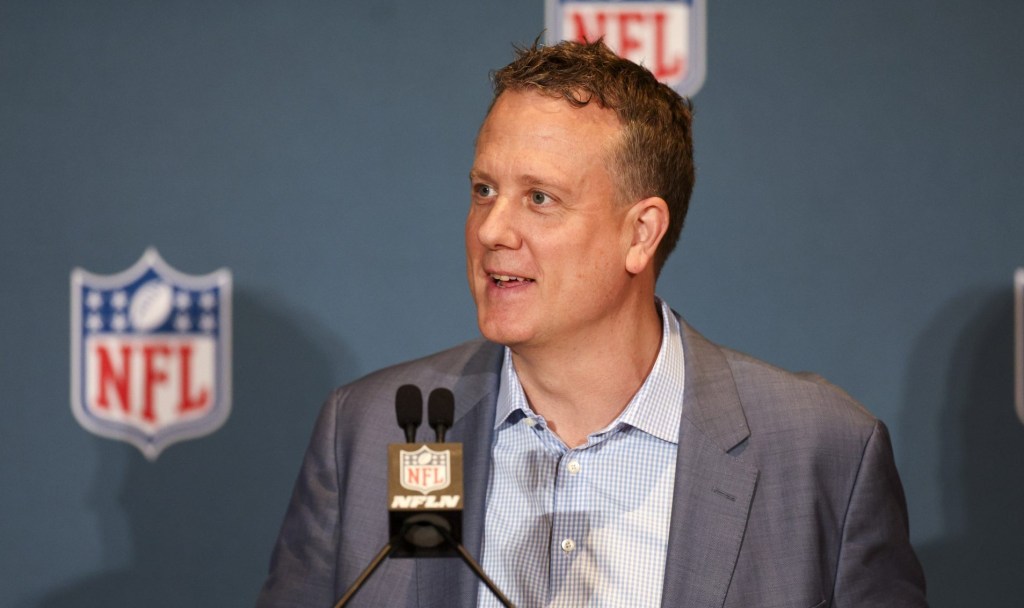Article presented to you by Maximus. Strategic Consulting.

By: Michael Ehrlich, @MichaelEhrlich
While athletes are in control of their actions on their respective fields or courts, they confront a different opponent when facing media.
The postgame interview as a whole — whether that’s in front of a towel-clad athlete’s locker or at a formal press conference podium — is not the most ideal setting for authentic athlete storytelling.
In the heat of the moment as reporters compete against each other for the quickest Tweet; athlete’s quotes, statements and even jokes are often misconstrued, leading to an inaccurate story which could hurt the athlete’s personal brand. Consequently, the ability for athletes to control their own message is essential to authenticating their storyline and building their individual narrative.
As a professional brand storyteller and a consumer of sports media, the “athlete first person article” trend has been top of mind for quite some time.
Celebrating its two-year anniversary this week, Derek Jeter’s The Players’ Tribune has set the standard for this innovative communication strategy, providing athletes a platform to speak openly and honestly in their own voice, and in turn changing the media industry as a whole.
At launch, Jeter’s goal for The Players’ Tribune was, “to ultimately transform how athletes and newsmakers share information, bringing fans closer than ever to the games they love” and the Yankee great has already hit a home run with his new venture. Athletes across all sports are now empowered to speak unfiltered in their own words on any topic at any time, without having to conduct a single interview, step in front of one camera or host their own press conference.
Now with additional multimedia platforms offering unique first person content such as Sports Illustrated’s The Cauldron and Bleacher Report’s Uninterrupted, athletes have even more opportunities to tell their stories through long form, video and photography.
Whether it’s Kobe Bryant announcing his retirement via a poetic letter to the game of basketball on The Players’ Tribune or LeBron James endorsing Hillary Clinton for President with a Business Insider op-ed piece, athletes today offer fans unique, authentic and direct insight into their personality off the court combining robust context and storytelling that 140 characters cannot provide.
What makes these first person accounts so unique within the storytelling landscape overall isn’t that they just break impactful news that on occasion garner so much traffic they shut down their host site, but more importantly highlight the thought processes behind these career journeys, life decisions, social stances and political point of views.
Clearly fans can read story highlights or analysis via their favorite sports news sites, but the exclusive athletes’ voice is the differentiator for these platforms and is ultimately what attracts millions to view the first person stories.
Indeed, thanks to Jeter’s The Players’ Tribune and similar platforms, athletes today have powerful venues to speak their minds in an articulate way, controlling their own narratives and offering fans insight that they cannot get anywhere else.














